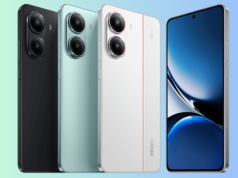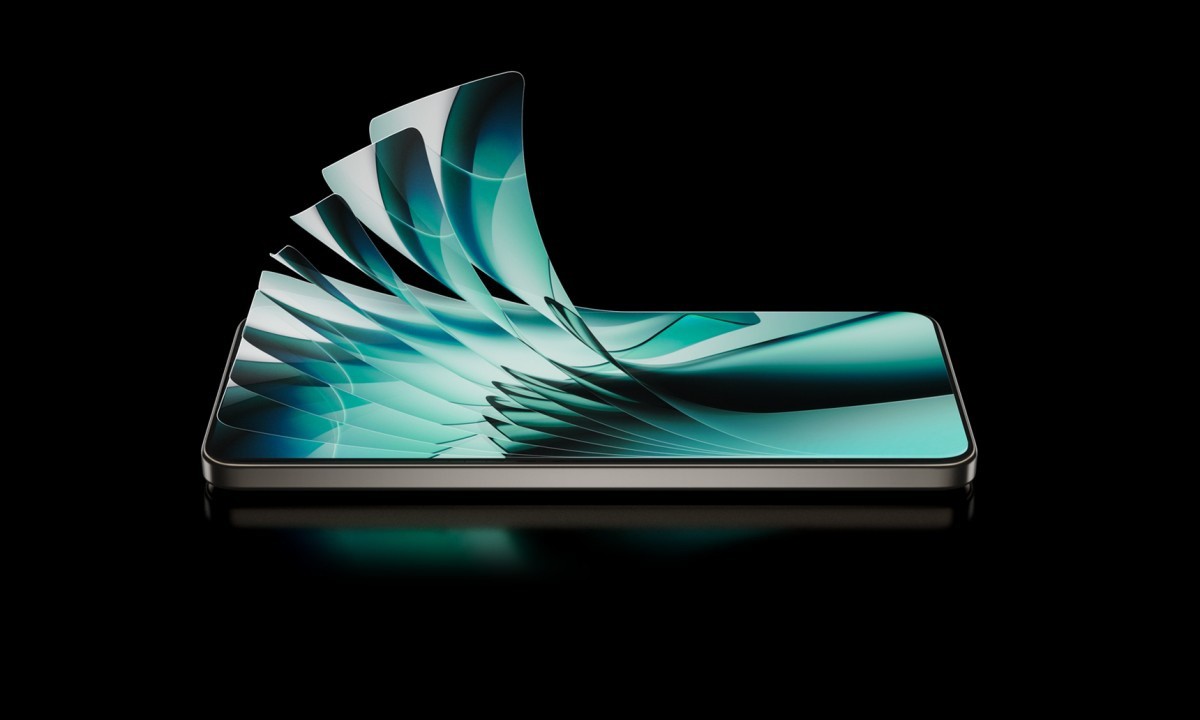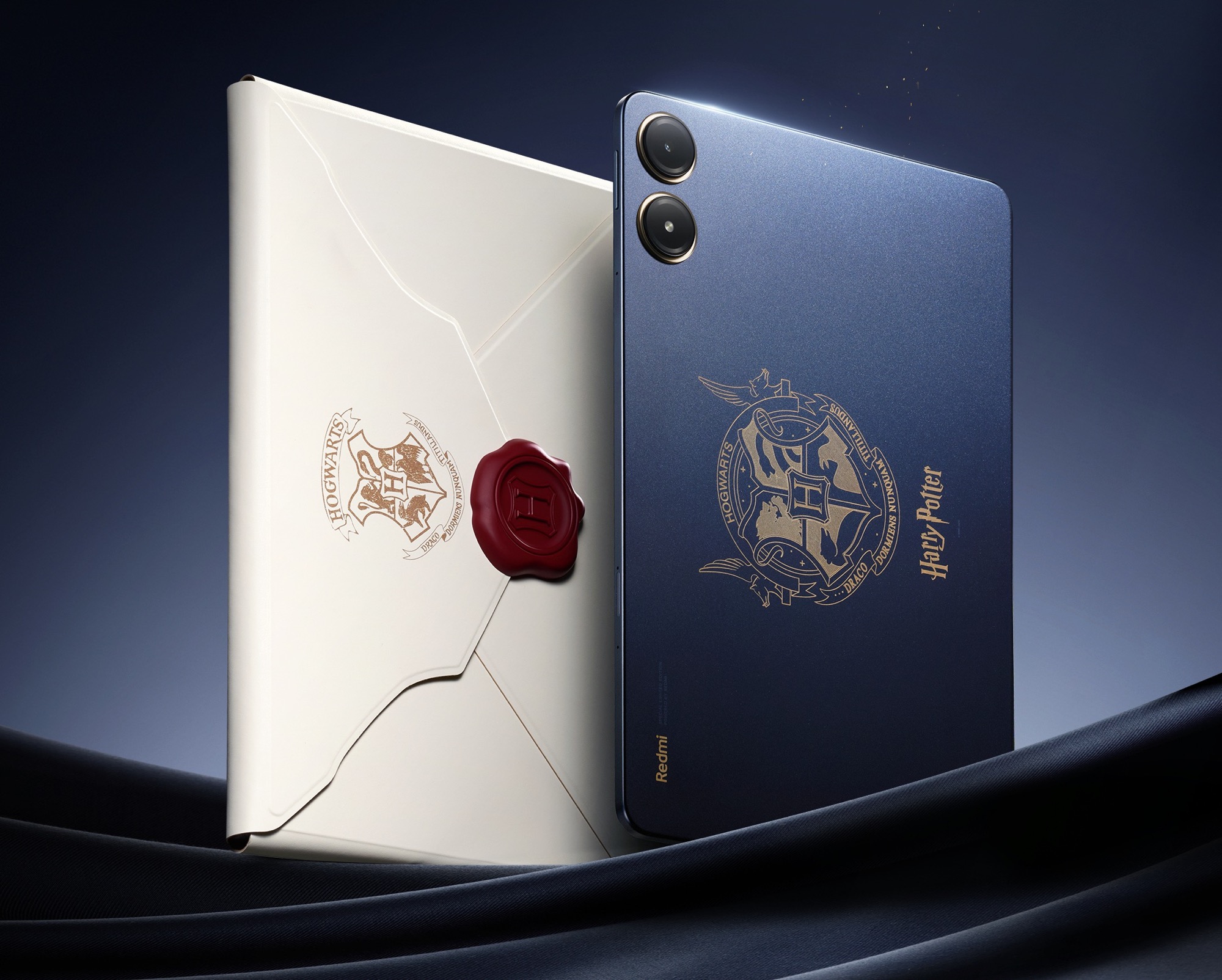Xiaomi’s Redmi series has long been recognized for delivering excellent mid-range smartphones, and the Redmi Note 13 Pro continues this trend in 2024. Positioned as a strong contender in the mid-range segment, the device boasts a stunning display, robust performance, ultra-fast charging, and an impressive 200MP main camera.
As we near the end of 2024, the Note 13 Pro stands as a well-rounded option for those seeking a premium feel without breaking the bank. However, it’s essential to consider whether this device can outshine competitors like the Samsung Galaxy A55 5G or the Pixel 7a, both of which have raised the bar in the mid-range market. Let’s explore whether the Note 13 Pro delivers enough to make it a worthwhile upgrade.
Design

The Redmi Note 13 Pro introduces a more refined look compared to its predecessor. It features a dual-curved display, a design choice that adds sophistication to the device’s overall aesthetic. This curved screen pairs nicely with the curved glass back, creating a phone that feels sleek and comfortable in the hand. For regions outside the UK, Xiaomi also offers an eco-leather finish for a more unique texture.
While the frame remains plastic, the device feels sturdy, thanks to its improved build quality. It now features Gorilla Glass Victus on the front, offering better scratch resistance than the previous Gorilla Glass 5. The inclusion of IP68 water and dust resistance is another welcome addition, ensuring the phone can withstand accidental spills or splashes.

However, the Redmi Note 13 Pro does make some sacrifices. The absence of the 3.5mm headphone jack might disappoint traditional audio enthusiasts, even though wireless audio options are now widely embraced. Despite this, the device retains useful features like Xiaomi’s IR blaster, which lets you control home appliances with the pre-installed Mi Remote app.
Display
The Note 13 Pro’s display is undoubtedly one of its standout features. It sports a 6.67-inch AMOLED screen with a 120Hz refresh rate, ensuring smooth scrolling and vibrant visuals. Xiaomi has also enhanced the resolution, offering a sharper 1.5K resolution (1220 x 2712) that makes video content and gaming more immersive than ever.
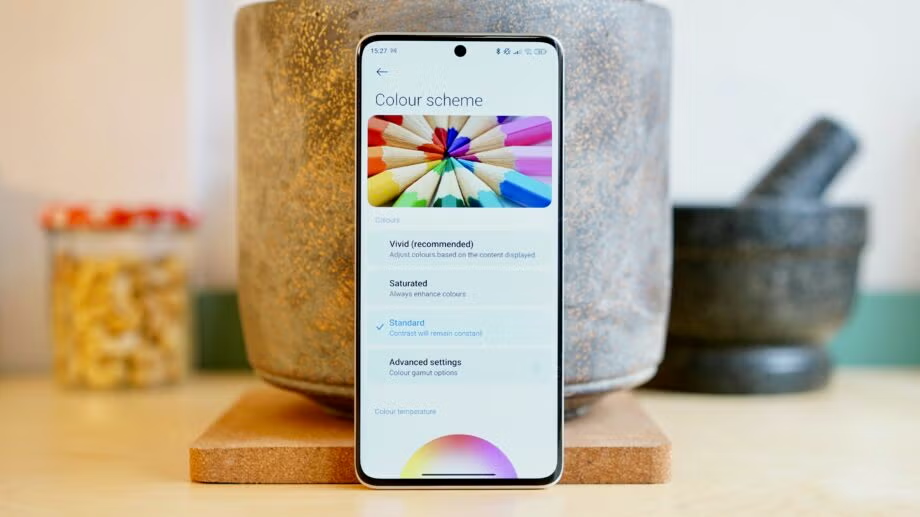
With a peak brightness of 1800 nits, the display excels in HDR scenarios, making it ideal for watching HDR10+ or Dolby Vision content. Colors are vivid yet accurate, particularly when using the Standard color mode, and the phone’s 1920Hz PWM dimming ensures reduced eye strain during prolonged use.
The dual-curved screen, while aesthetically appealing, has its drawbacks. Users might encounter occasional accidental touches, and full-screen videos may not display perfectly rectangular due to the curved edges. However, the curvature here is less pronounced than on other curved phones, allowing for a more practical user experience.
Performance
The Note 13 Pro runs on the MediaTek Dimensity 7200-Ultra chipset, a solid performer in the mid-range category. Paired with 12GB of RAM, the device handles multitasking, app navigation, and casual gaming with ease. Even with its upgraded display resolution, the phone delivers consistent performance without noticeable lags.

Gaming enthusiasts will appreciate the smooth gameplay in most titles, although graphically demanding games may require medium settings to ensure optimal performance. The 512GB of onboard storage provides ample space for apps, games, and multimedia files, making it an excellent option for users who require significant storage capacity.
However, benchmark tests reveal that the Note 13 Pro slightly lags behind competitors like the Pixel 7a in processing power. While its chipset remains cool under heavy workloads, those seeking flagship-level performance might find other options in this price range more suitable.
Camera
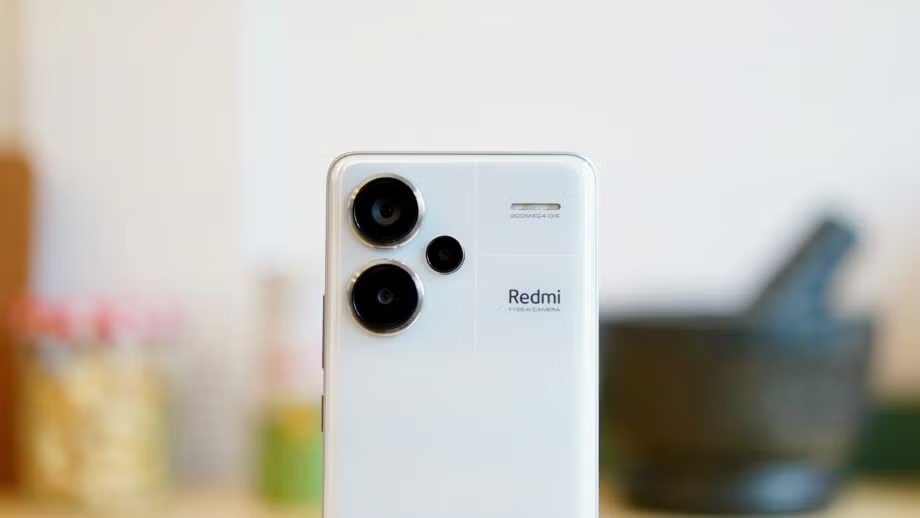
The Note 13 Pro maintains the impressive 200MP main camera that made its predecessor stand out. This sensor produces sharp, vibrant photos, particularly in daylight, with natural color reproduction and a high level of detail. Night photography is also commendable, capturing well-lit and clear shots without overexposing dark areas.




Unfortunately, Xiaomi has made little improvement in the secondary cameras. The 8MP ultra-wide lens delivers average results, lacking the dynamic range and detail found in the main sensor. The 2MP macro camera feels like an afterthought, providing minimal value to the overall photography experience.



The 16MP front-facing camera is another area where the Note 13 Pro falls short compared to its rivals. While it’s sufficient for casual selfies, the quality is inconsistent, with washed-out skin tones and difficulty handling bright or shadowed environments. Video recording options include 4K at 30fps and 1080p at up to 120fps, though the latter requires activating the Slow Motion mode in settings.
Software
Xiaomi’s HyperOS, based on Android 14, powers the Note 13 Pro. This operating system brings a familiar interface for MIUI users, though it retains some of the same cluttered elements. Notifications and quick settings are still separated, which may frustrate users accustomed to streamlined Android experiences.

Customization options remain abundant, allowing users to tweak their device to suit personal preferences. However, the software suffers from excessive bloatware, including multiple browsers, pre-installed third-party apps, and widgets that clutter the interface. While these can be uninstalled or disabled, their presence detracts from the out-of-box experience.
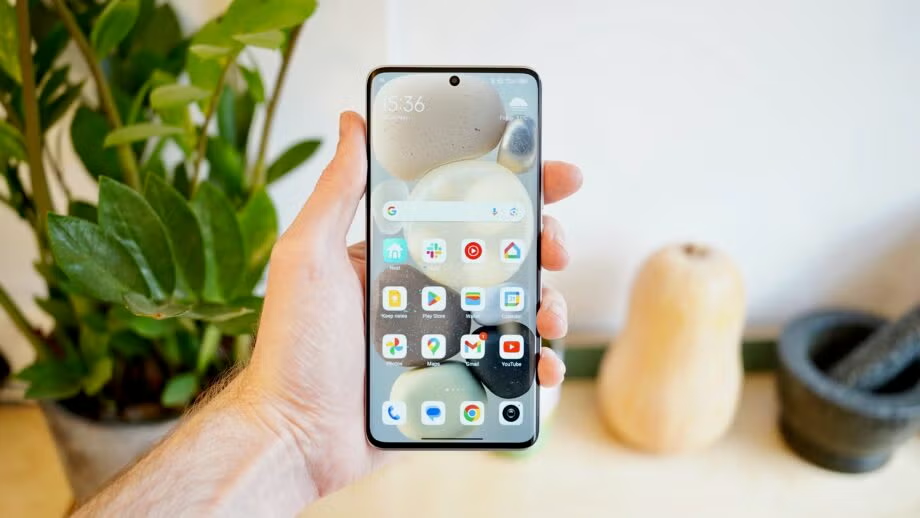
On the bright side, Xiaomi offers three years of Android updates and four years of security patches, though this falls short compared to Samsung’s longer support period.
Battery Life
The Redmi Note 13 Pro’s battery life is reliable, thanks to its 5000mAh capacity. Moderate users can expect two days of usage on a single charge, while heavy users will comfortably get through a full day with some power left.
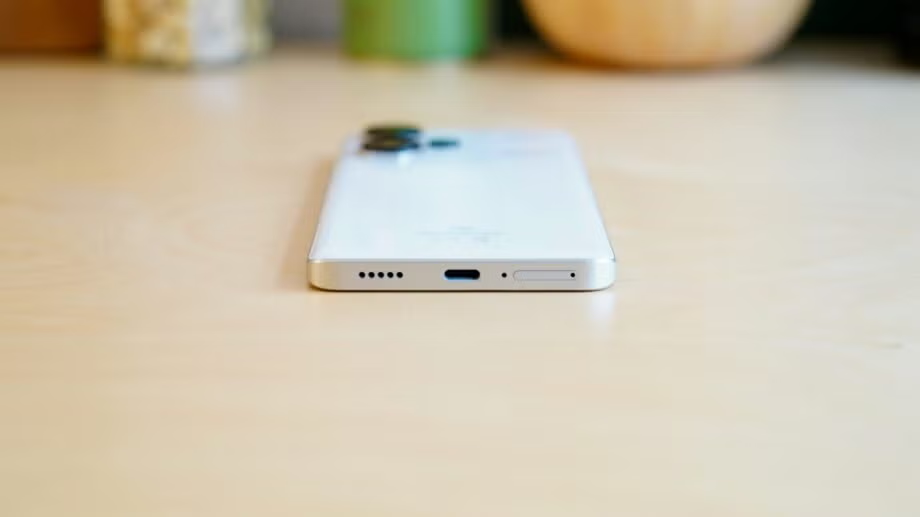
Charging speed remains a highlight, with 120W wired charging capable of fully recharging the phone in just 20 minutes. Unlike many competitors, Xiaomi includes the fast charger in the box, eliminating the need for an additional purchase.
One drawback is the lack of wireless charging, a feature that’s slowly becoming standard in this price range. While it’s not a deal-breaker, users who prioritize convenience might find this omission disappointing.
Verdict
The Xiaomi Redmi Note 13 Pro is a compelling mid-range smartphone that delivers significant upgrades in design, display, and charging technology. Its 200MP main camera, vivid display, and impressive charging speed make it an excellent choice for those seeking value for money.
However, the phone’s underwhelming ultra-wide and selfie cameras, coupled with its cluttered software experience, leave room for improvement. While it’s a strong contender in the mid-range segment, users may want to explore alternatives like the Pixel 7a or Samsung Galaxy A55 5G, depending on their priorities.
Overall, the Note 13 Pro strikes a solid balance between performance, aesthetics, and features, making it a worthy option for anyone seeking a capable and stylish mid-range phone.

